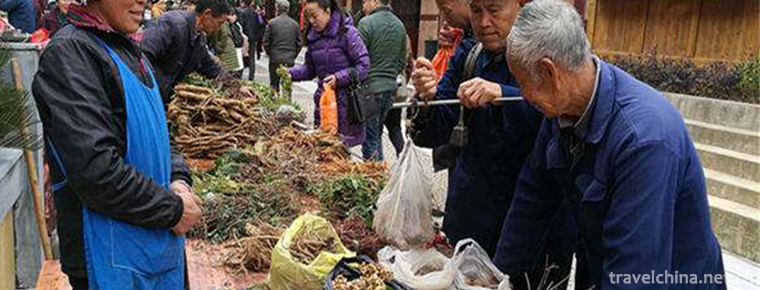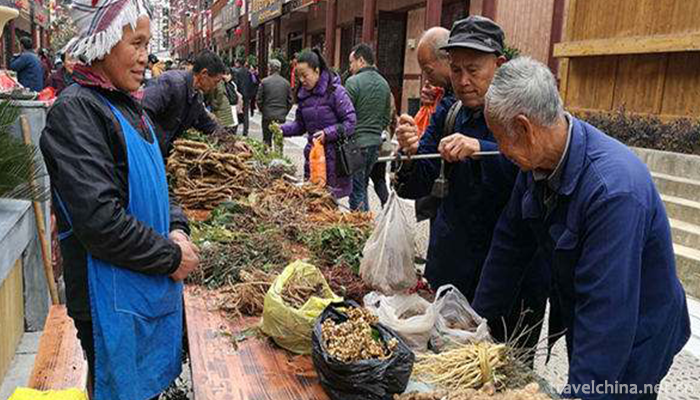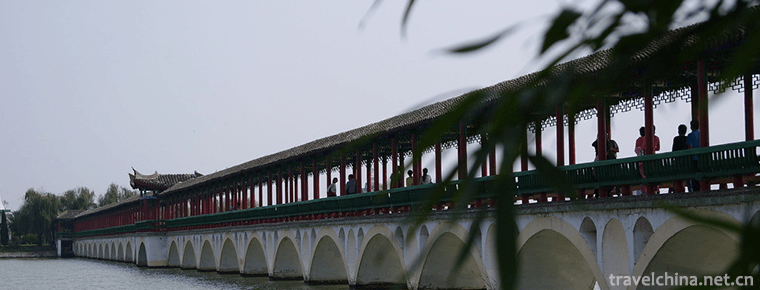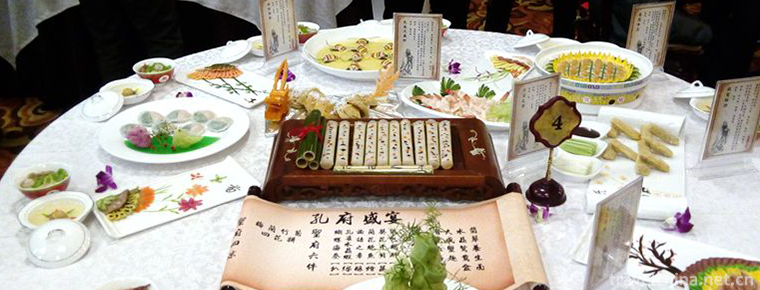2018-12-08

- By ChinaWiki.net
- Chinese Edition
- 2019-06-05
Miao medicine
The Miao people mainly use plants as medicine to treat diseases. In the world, Miao nationality is a huge ethnic group distributed in Southeast Asia. It mainly distributes in Guizhou, Hunan and Yunnan in China. The drug resources in the inhabited areas are abundant, and plant resources are exploited as medicines. Miao medicine is mainly divided into western Hunan (Zhang's and Huayuan) Miao medicine and southeastern Guizhou Miao medicine. They are usually fixed with small splints and applied with wound medicine. The famous wound medicine is Berlin Jiegu Powder and so on.
On June 7, 2008, Leishan County of Guizhou Province declared Miao Medicine and was listed in the second batch of national intangible cultural heritage list with the approval of the State Council.
Pharmaceutical survey
Miao medicine is listed as the second batch of national intangible cultural heritage list
Declaration Name: Traditional Medicine
Application items: Miao medicine bone-setting, snakebite therapy and "Jiujie Tea" production process.
Miao orthopaedics are mainly divided into western Hunan (Zhang's and Huayuan) and southeastern Guizhou. They are usually fixed with small splints and applied with wound medicine. The famous wound medicine is Berlin Jiegu Powder.
Miao people often use Jiujie tea to treat dizziness (Jiujie tea, Kuding tea decocted with water), fracture (Jiujie tea, wild grape root, Paulownia root bark, four tiles mashed, with liquor wrapped in the affected area), rheumatic pain (Jiujie tea decocted with water).
Declaration Number: IX-15
Declaration area: Leishan County, Guizhou Province, Miao and Dong Autonomous Prefecture in southeastern Guizhou Province.
Summary of Miao Medicine: Miao Medicine mainly distributes in the Miaoling Mountains and Wumeng Mountains where Miao people live together. In the vast areas inhabited by Miao people in China, many production bases for medicinal plants have been established, and the commonly used medicinal materials have been vigorously developed. The abundant resources of Miao medicines are gradually being developed, and some of them have been made into health products and put on the market.
Common medicinal herbs: Xuetong, iron chopsticks, hundred gold bars, white dragon beard, blue cloth, etc.
Rare medicinal herbs: star anise, September born, golden locks, an arrow, celestial peach grass, etc.
Overview of Medicine
Brief History of Miao Medicine: It originated very early, and its early medical activities were similar to "the combination of witchcraft and medicine". With the improvement of Miao's cultural knowledge, the situation of "witch doctor family" has gradually disintegrated. Miao doctors are all individual doctors who practice medicine in a non-governmental way. Medical and nursing are integrated, and there is no special nursing. Miao medicine theory: "two diseases and two outlines" theory, that is, all diseases are summed up as cold and fever, supplemented by "cold and heat treatment, fever cold treatment" two major principles. The understanding of etiology is simple, which is attributed to seasonal climate and exogenous toxins (such as wind, water, gas and cold).
Diagnostic methods: look, sign, ask and touch.
Characteristic Therapy: Sugar-medicine needle therapy and egg-rolling therapy are both unique therapies of Miao medicine. The former originated from ancient hunting activities of Miao nationality, while the latter originated from witchcraft.
Development and Application Direction of Miao Medicine
1. Really cultivating the talents of Miao medicine is a crucial issue. The key to the inheritance and development of Miao medicine is talent cultivation. Many provinces and regions in China attach great importance to the training of ethnic medicine talents, such as Tibet and Qinghai Medical Colleges, Inner Mongolia Medical Colleges, Xinjiang Uygur Medical Colleges, Yunnan Medical Classes, Guangxi Medical Short Training Classes, Correspondence Classes and Specialized Secondary Schools. Various provinces and autonomous regions have trained many middle and senior non-governmental doctors. According to their experience, training should focus on rural areas, especially in remote and backward areas, where there is little medical treatment and inconvenient transportation. Guizhou Middle School and Academy of Traditional Chinese Medicine regard Miao medicine as an important course to serve the training of higher talents of Miao medicine. Only in this way can Miao medicine be revitalized and succeeded, and the development of Miao medicine be hopeful.
2. Ethnic medicine institutions should not deviate from the direction of Miao medical work. They should carry forward the advantages of Miao medicine, face the masses and facilitate the masses. In other words, Miao hospitals should be set up in areas where Miao people live together under conditions. Miao doctors should use their unique medical skills to make Miao doctors have bases for their talents. Guangxi Institute of Ethnic Medicine has set up a special Miao diagnostic and therapeutic room, which is responsible for the work of Yun Zhongxiang, a famous Miao doctor in Rongshui Miao Autonomous County. In Rongshui County, his brother and daughter-in-law have also opened a Miao diagnostic and therapeutic room. If a big one in Guizhou, the Miao population ranks the top in the country, more than 2 million Miao people in Guizhou, at all levels of hospitals, even a Miao medicine clinic does not exist, is it not afraid of jokes? This situation should arouse the attention of the Party and government departments and change quickly.
3. Rescue the prescription that has curative effect. Miao medicine plays an irreplaceable role in the development of medical and health undertakings. Those ordinary Miao folk doctors have rich experience in treatment, but because of the restriction of feudal ideas for thousands of years and the influence of market economy. Faced with the problem of lack of successors, many doctors with genuine talents and practical knowledge have died one after another, making some unilateral, prescriptions and medical skills with unique efficacy lost. For this reason, some insightful people have repeatedly appealed that it is urgent to save the old national doctors (Miao doctors), including Miao doctors, and the most important thing is to organize their prescriptions. There should be such a sense of urgency and mission. The influence of long-term feudal ideas, confidentiality, blockade and lack of communication are the biggest obstacles to salvation, but as long as the Party and the government attach importance to it, there are ways. One is to mobilize medical technicians to contribute actively, and the other is the most important point, that is, to pay the buyer, "mountains are not high, there are immortals are named", "easy to get, one effect is difficult to obtain". Undoubtedly, the exact curative effect is the fundamental basis for saving the prescription. As long as the money is spent, experts check and verify, there is no problem in rescuing the prescription.

Ask a Question
Your email address will not be published.



0 Questions